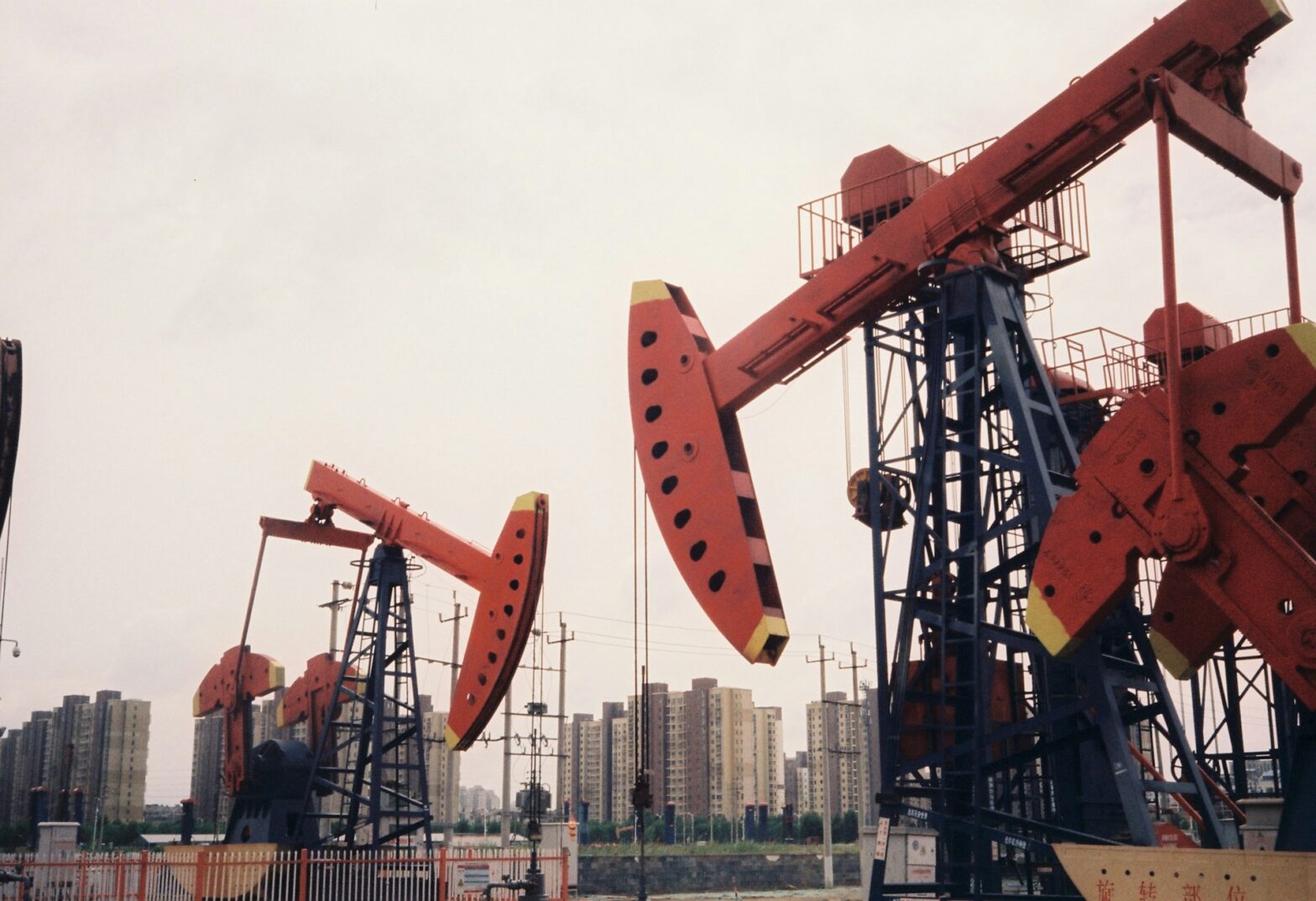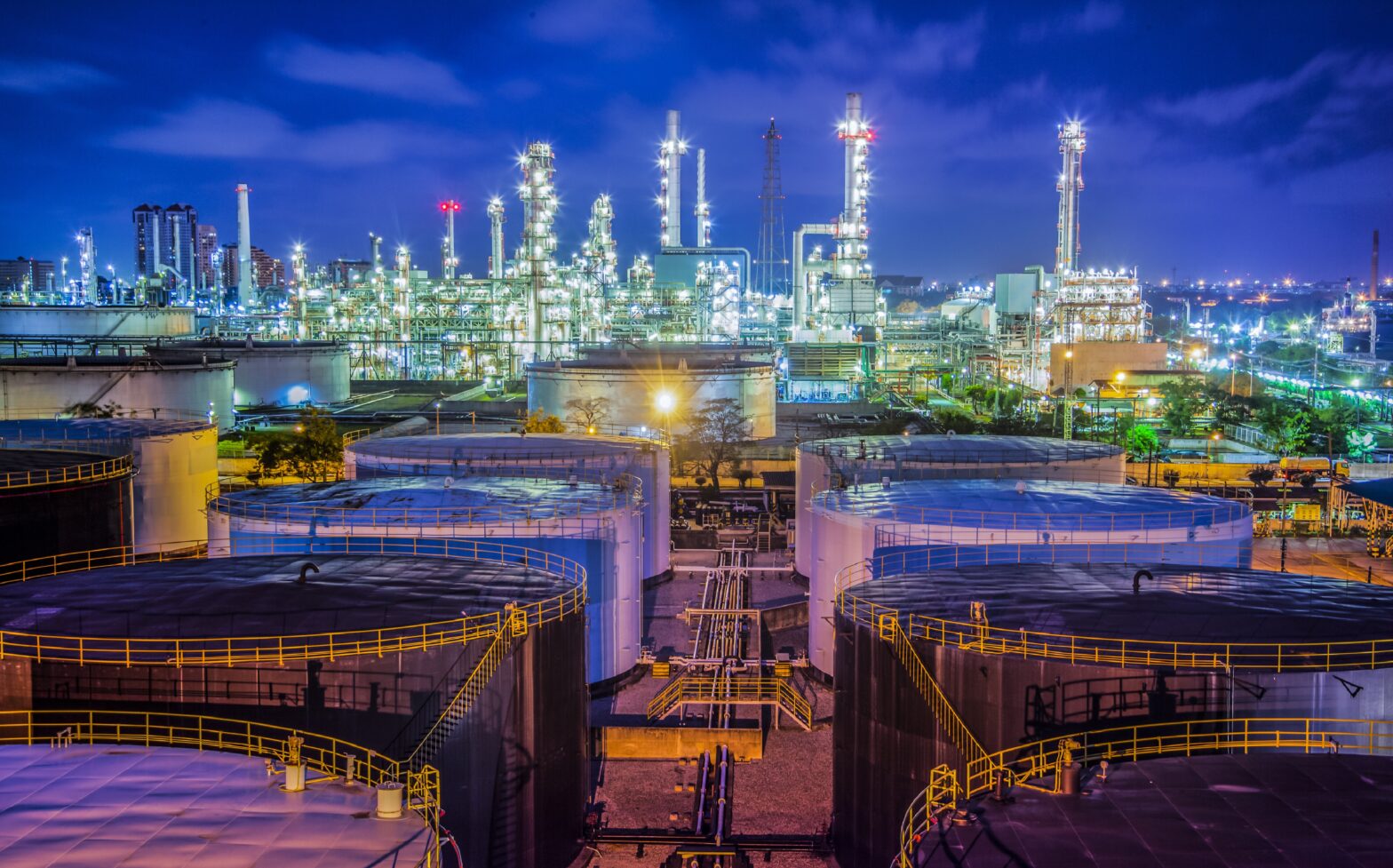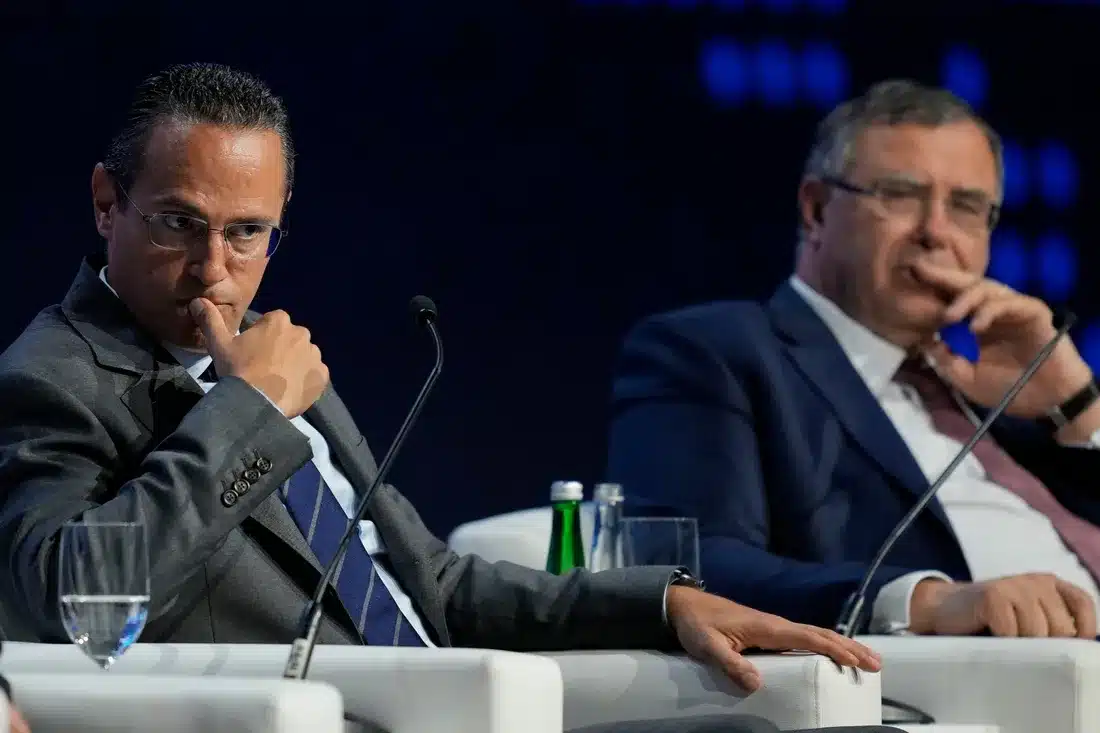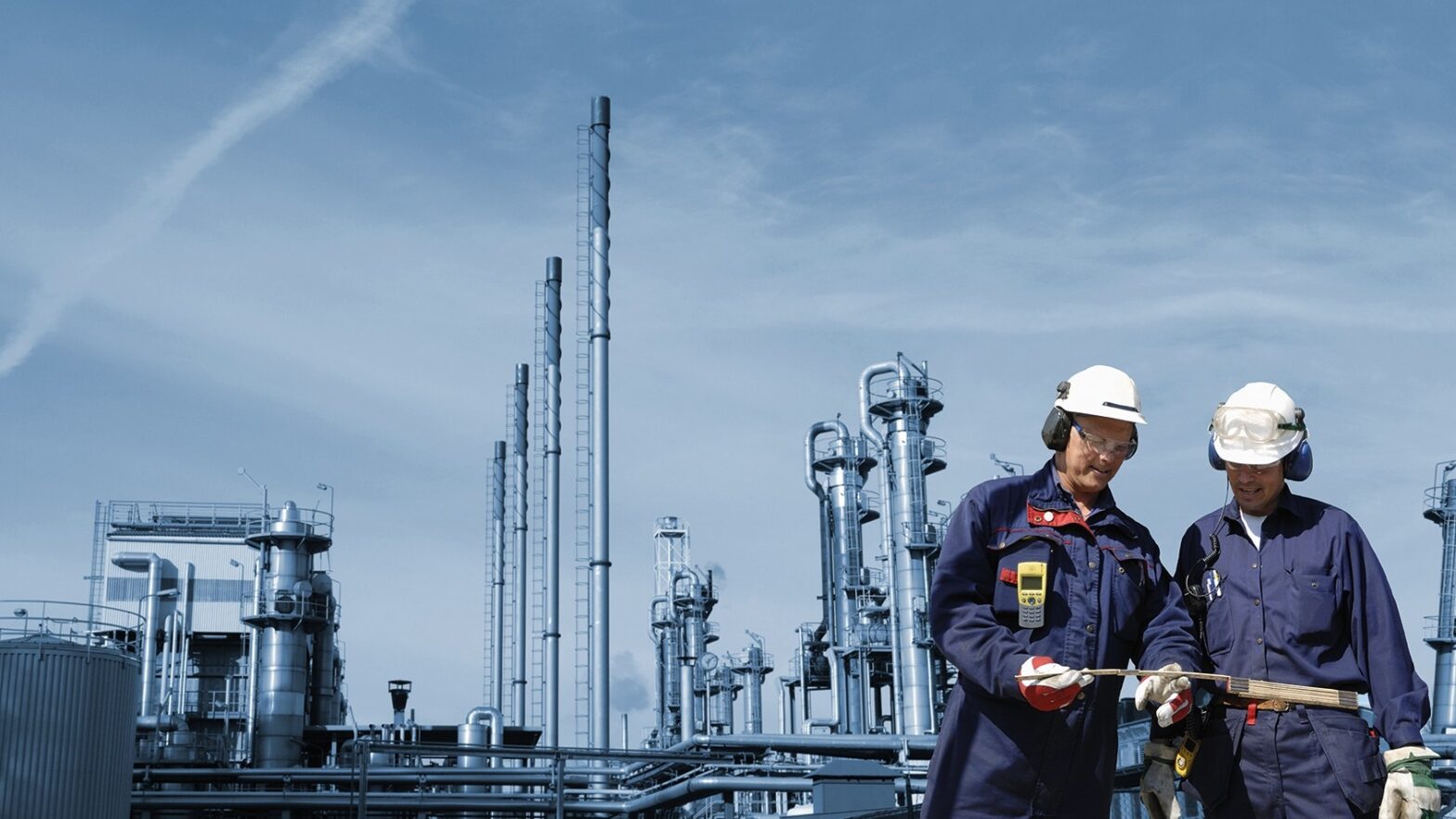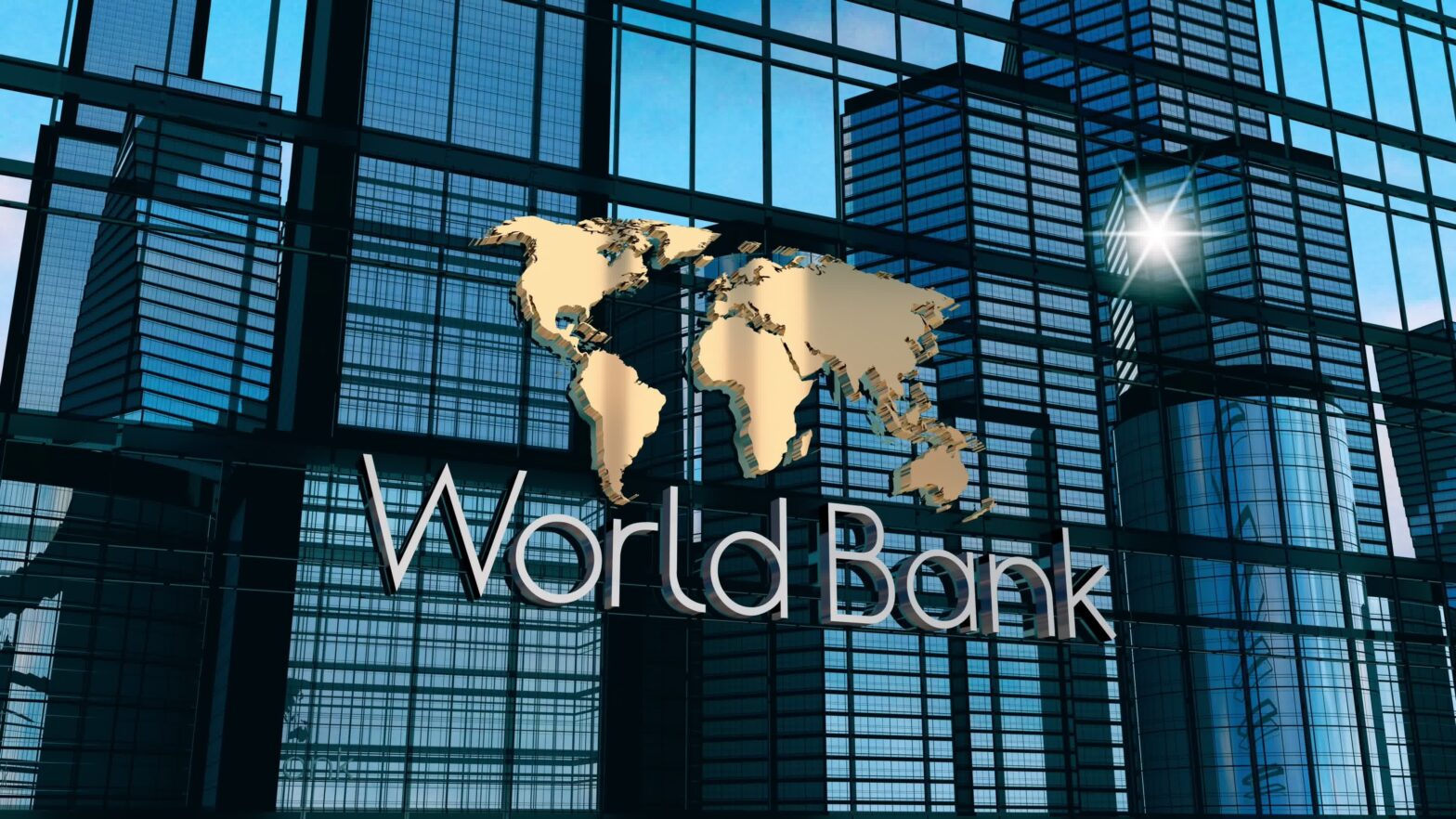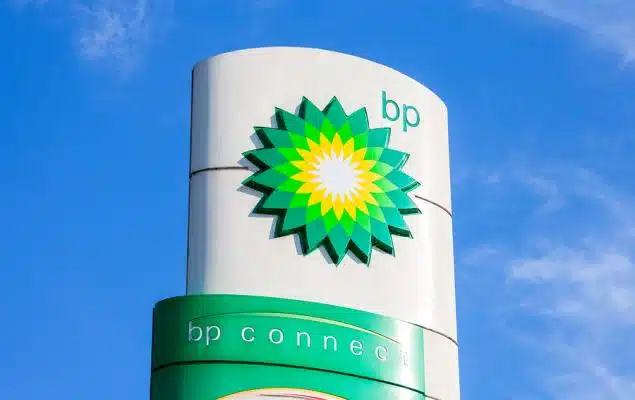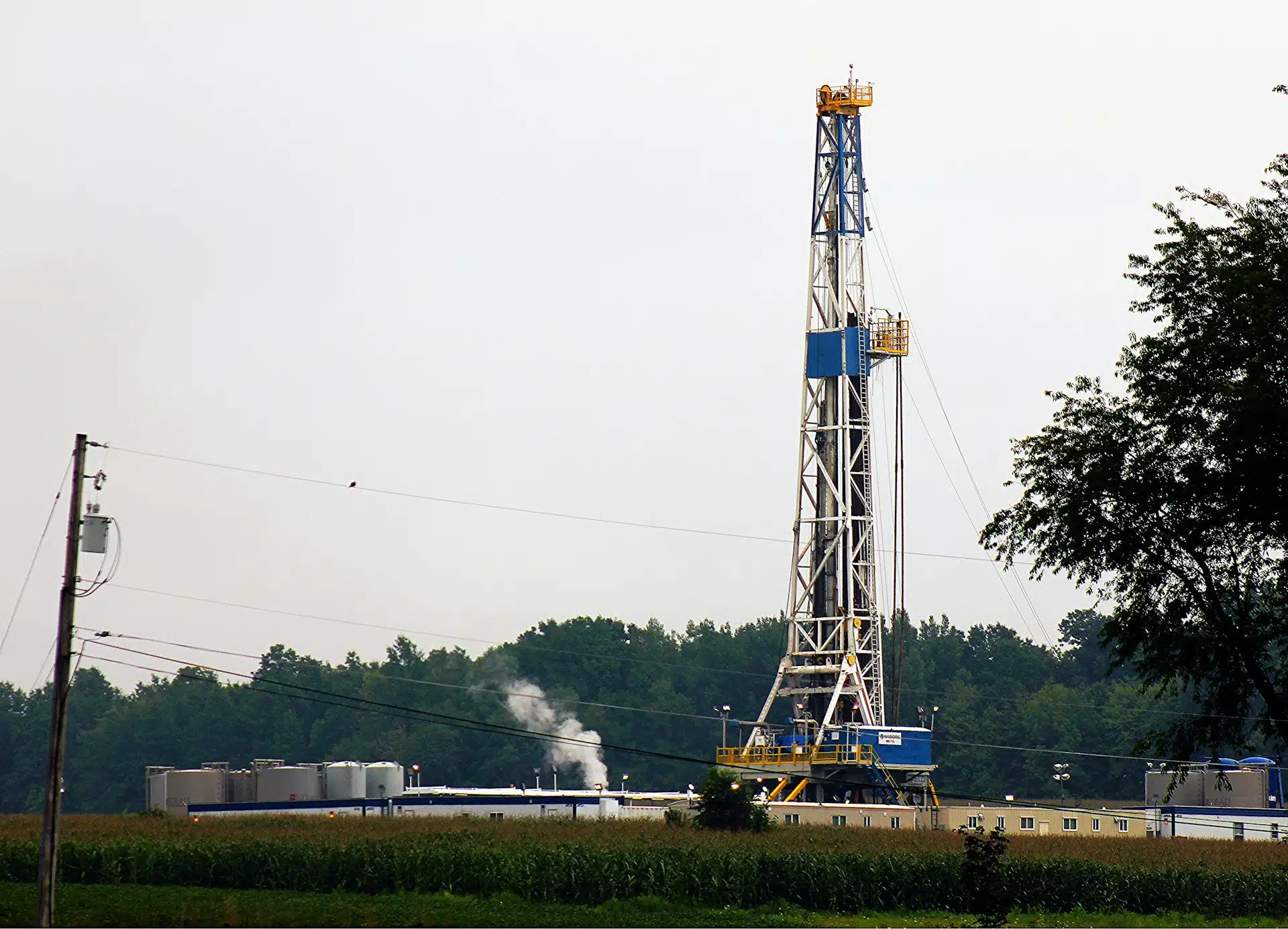Just over a year since Senegal joined the ranks of Africa’s oil-producing nations in 2024, the country is riding a wave of economic optimism. The Sangomar offshore oil project, which began operations in June last year, has been a major catalyst.
It was soon followed by the launch of the Greater Tortue Ahmeyim (GTA) gas project, further boosting the nation’s energy profile.
Together, these developments have propelled Senegal’s hydrocarbon revenues to CFA 72.53 billion ($124 million) in 2025, up 46% from the previous year.
Yet, beneath this surge lies a fragile, complex web of risks that could threaten the long-term promise of petrodollar prosperity for Senegal.
A recent report by Zedcrest Group, a Nigeria-based financial services firm with a strong West African footprint, reveals that hydrocarbons currently account for less than 1.5% of Senegal’s total government revenues.
Despite the excitement surrounding the country’s newfound energy wealth, the report cautions that the actual fiscal impact is elusive.
“While Senegal’s recent hydrocarbon discoveries have sparked optimism, the expected revenue contribution remains uncertain”, the report says.
“Production delays, global oil price volatility, and governance risks threaten to temper the potential fiscal benefits of the country’senergy transition.”
What early production figure indicates
Senegal officially joined the ranks of oil-producing nations in June 2024, with the Sangomar field averaging 55,000 barrels per day in its first year.
The future daily target of the oil project, operated by Australia’s Woodside Energy and Senegal’s national oil company Petrosen, is put at 100,000 barrels.
By the end of 2024, the country had produced over 16.9 million barrels, generating an estimated CFA 800 billion (roughly $1.3 billion) in gross revenue.
In 2025, Sangomar is expected to produce 11.4% more oil than the 30.53 million barrels that was earlier projected by the government.
This surge has already contributed to Senegal’s economic growth, which rose to 6.9% in 2024 from 4.3% the previous year.
In 2025, the IMF says Senegal’s GDP will grow to 9.3% because of the burgeoning oil sector.
As of Q1 2025, the Senegalese energy ministry said it sold four cargoes of crude oil, while approximately $1.2 billion was said to have been generated by Q2.
Petrosen forecasts that the hydrocarbons sector could yield more than $1 billion annually for the next 30 years.
Why economic concerns persist
Senegal’s early production gains and rising export revenues signal significant economic potential.
However, long-term growth is projected to decelerate over the years.
“First gas from the GTA project should give another growth spurt in the first quarter of 2025 but economic growth is likely to settle at a lower rate after this,” said Mark Bohlund, senior credit research analyst at REDD Intelligence.
The phase 1 of the GTA project, a joint venture between Senegal and Mauritania, commenced commercial operations earlier this year.
BP plans to lift 10 LNG cargoes from the offshore site between 2025 and 2027.
Still, Zedcrest advised the government to better maintain a diversified revenue base than depend solely on the burgeoning hydrocarbon market, which can be volatile.
“The country’s overdependence on these yet-to-mature revenue streams could expose the fiscal framework to shocks if projected inflows do not materialize as anticipated,” the research firm said.
“Weaker global demand, fluctuating commodity prices, or tighter global financial conditions could easily derail fiscal projections and revenue performance.”
In addition, a year after Sangomar, public pressure has intensified for the government to ensure fair distribution of wealth among Senegal’s population of fewer than 20 million.
Other economic pressures facing Senegal
Senegal’s external grants remain volatile.
In Q1 2025 alone, the country experienced a 71.49% decline in total grants, potentially signaling donor caution following the IMF’s suspension of its grant programme.
The IMF canceled its $1.8 billion grant and credit programme for Senegal in October 2024 due to serious concerns over fiscal mismanagement and hidden debt liabilities.
Zedcrest said Senegal also faces the challenge of poor domestic revenue mobilization due to low taxation.
“Despite steady reforms, Senegal continues to operate with a narrow tax base and a large informalsector that limits tax collection.”
“Public debt has climbed to approximately 106% of GDP, while debt servicing now consumes over 30% of government revenues.
“These tight economic conditions amidst high debt levels and fragile revenue performance significantly limits fiscal space for productive investment and public spending,” Zedcrest said.



